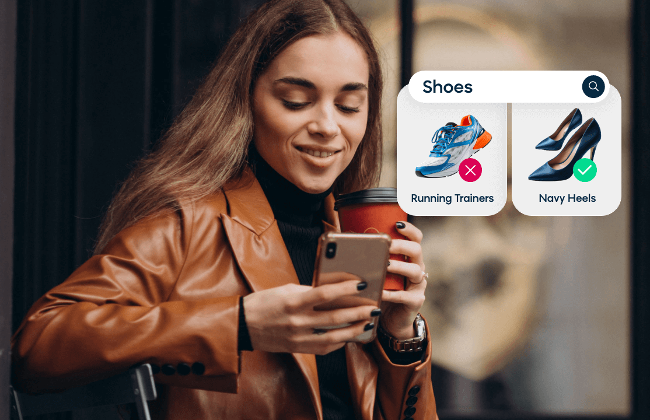Stop Pretending Data Is Free
By Raj De Datta
03/16/2018
There is a persistent view out there that the more data you have the better you perform. This theory found its footing as the behemoths like Google, Apple, and Amazon ushered in the age of mass, unrestricted data collection. Data was cheap, it was relatively easy to get, it held the promise of uncapped benefits, and companies hoarded everything they could.
The reality, as any data-driven organization knows, is that having data means nothing if you don’t use it properly. Recent surveys show that only a quarter of enterprises always use the information they collect and, due to data overload, 80% of companies admitted to making a strategic decision based on data that was later discovered to be flawed. Clearly more isn't always better.
Data was also never free, as it always carried the risk of security breaches, and good data is only getting more expensive. Regulations like GDPR and PSD2 make it pretty clear that the wild west of data collection is over, and customers are fed up with not having a say in how their data is collected and used. Only 25% of consumers believe companies handle their sensitive personal data responsibly, and over half placed “I trust the organization” as a top three consideration for data exchange.
Simply put, collecting an extraordinary amount of data and not feeding it back proportionally into a better experience has made you customers feel used - and you have to earn that trust back. Becoming data efficient and giving consumers back equal, or more, value than what they gave you is how you can keep your side of the data promise.
Being a data-efficient company means a better experience for your customers and for your own teams, as it cuts down on the data overload to narrow in on what actually makes an impact. Here are some key steps to capitalize on the advantage of lean and powerful data.
Find the Minimum Viable Data
Instead of starting with “what can I collect from customers?” and stockpiling away all you can, work backwards by determining what exact data you need to guide key initiatives. If your focus is securing a larger share of wallet from top customers, there is more value in behavior post-authentication than in cookie-ing every anonymous user. If your revenue is mainly from anonymous shoppers, trying to get the data to connect shoppers from session to session is not going to be as useful as general, non-identifying, search and browse patterns that delivers relevance in-session for any visitor.
Define what you need, cut the fluff, and reduce the barriers for a better experience.
Challenge the “Should Do’s”
You invest in the data to get customers to your site, and invest in the in the data to retarget those who left (especially the 69% who abandoned a full cart), because that’s standard industry practice. Wouldn’t there be more value in collecting key data on what makes people convert when they first find you, instead of chasing them after they’ve left? Information around main drop off points and the differences between the experience of converters vs those who walk away is a good place to start.
Digital expectations change, shopping habits change, and standard practices eventually change as well. By taking a critical look now, you can jump the gun on these changes and reap the reward of early adaptation.
Get Lean
Getting efficient means letting go, which is not an easy thing to do with the security blanket of data. Earning valuable data typically means having less data. For instance, the unwritten rule of email marketing has been to grab as many contacts as possible, usually through minimizing barriers on forms. However, an overload of addresses can be its own barrier, as overwhelmed marketers don’t know where to begin. Asking for more valuable information upfront may mean you have less names in your database, but does mean that you will have more ease in segmenting prospects to bring greater value.
Connect It
Data sitting in silos isn’t helping anyone. Customers interact with a multitude of touchpoints, and information they give you at each one should help improve their entire path. Connecting the entire digital experience through one central platform, letting your lean data impact every channel, gives instant value back to the customer through a consistent, personal experience. Centralizing data is the key to getting the most out of it and, regarding new regulations, having that clear view of your data flow is critical for compliance.
Overall, It’s time to treat data like the valuable commodity it is. Respect the two-way street of data exchange and give back more value than you get by using it to better experience, products, and services and always keep in mind the golden rule of data: if you ask for it, use it.
Found this useful? Subscribe to our newsletter or share it.



